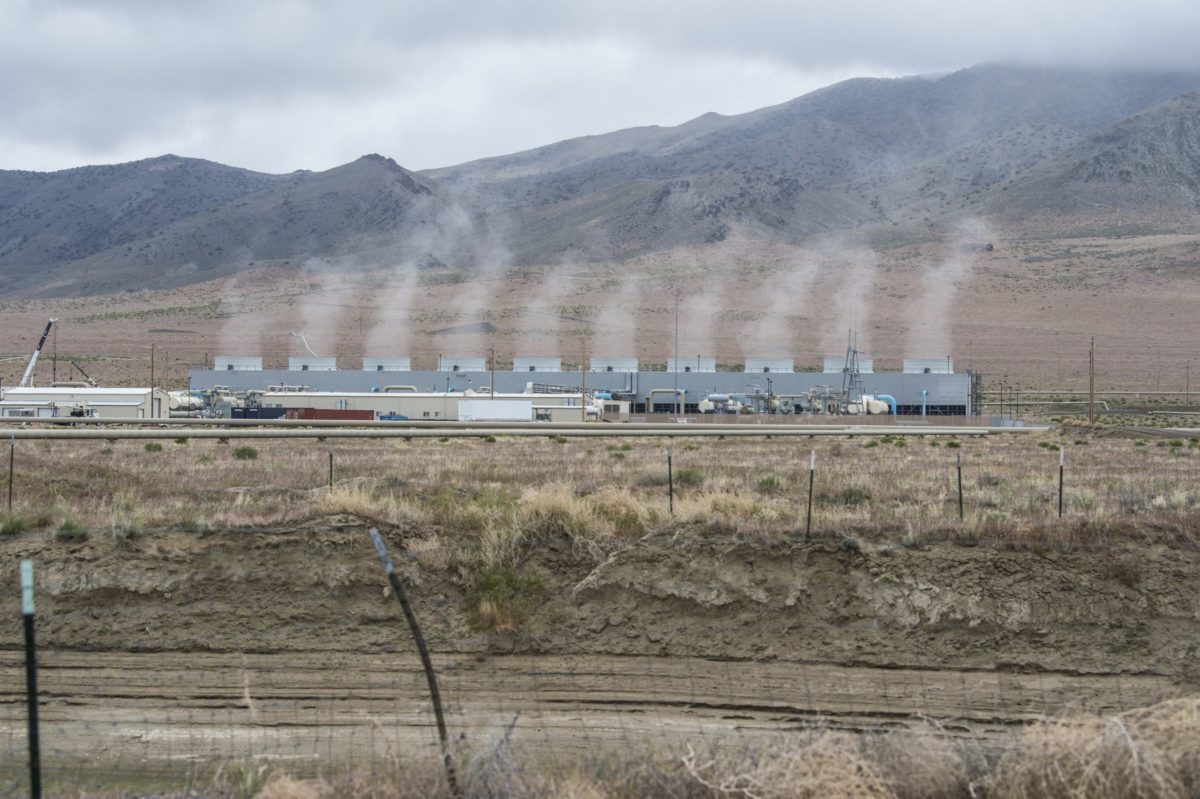
The U.S. Department of Energy’s Frontier Observatory for Research in Geothermal Energy field laboratory announced up to $44 million for projects to develop and test technology to foster innovation in enhanced geothermal systems (EGS).
The lab said that only a small fraction of the United States’ geothermal resource can be harnessed via naturally occurring hot water or steam. The vast majority, it said, is inaccessible without the creation of human-made EGS reservoirs.
Managed by the University of Utah, the facility is a dedicated field laboratory for developing technologies to create, sustain, and monitor EGS reservoirs. In simple terms, EGS is a process of creating human-made underground reservoirs to tap into geothermal energy that would otherwise be inaccessible. This is done by injecting fluid into naturally heated rocks deep underground. These rocks otherwise lack the fluid flow necessary to draw geothermal energy to the surface.
The lab site uses testing and R&D to reduce uncertainty and manage risk for commercial development of EGS technologies. It collects data for all aspects of EGS development, including subsurface fluid flow, temperatures, and rock types, among others. The data allow researchers to better understand subsurface conditions, help identify the best areas for geothermal production, and provide information that can be used to optimize tools and methods that work well in geothermal environments.
The announcement for up to 17 awards is expected to build on the laboratory’s existing EGS work and focus on reproducible solutions and dissemination of technical data.
The current solicitation requests research proposals in five topic areas, including seismicity monitoring protocols, novel reservoir stimulation techniques, experiments on EGS heat extraction efficiency, materials to sustain flow pathways in EGS reservoirs, and tools that can withstand high temperatures while isolating zones within the wellbore.